Offshore Wind Update for the West Coast
California Energy Commission (CEC) Adopts AB 525 Offshore Wind Energy Strategic Plan
In 2021, the California Legislature passed, and the Governor signed Assembly Bill (AB) 525 (Chiu, Chapter 231, Statutes of 2021) requiring the CEC, in coordination with other state agencies, to develop a strategic plan for offshore wind energy developments installed off the California coast in federal waters. The draft Strategic Plan was released in January 2024, and the CEC adopted the final AB 525 Strategic Plan in July 2024. It’s posted to the docket in 3 volumes:
AB 525 Strategic Plan Final – Volume I: Overview Report
AB 525 Strategic Plan Final – Volume II: Main Report
AB 525 Strategic Plan Final – Volume III: Appendices
Aspen supported the CEC by providing content for several aspects of the Strategic Plan, including information related to the permitting roadmap, potential impacts and mitigation strategies, transmission, and availability of port facilities.
Aspen Support to the CEC on AB 3 for Offshore Wind
Signed by the Governor in October of 2023, AB 3 (the Offshore Wind Advancement Act) is intended to build upon AB 525 (2021) to develop a 2nd-phase plan and strategy for seaport readiness and to conduct a study on the feasibility of achieving 50% and 65% in-state assembly and manufacturing of offshore wind energy projects. The law requires the preparation of two reports: the first on seaport readiness (to be completed before the end of 2026) and the second on in-state assembly supply chain, jobs, and manufacturing (to be completed before the end of 2027). Aspen is supporting the CEC in assessing available data for AB 3 topics.
Aspen Support to CEC and CAISO on Transmission for the Humboldt Wind Energy Area
Aspen published two reports in support of the California Energy Commission’s (CEC) AB 525 Offshore Wind Strategic Plan and the CAISO’s Transmission Planning process. Our final Transmission Corridor Evaluation report and its appendices were posted to the CEC’s California Offshore Renewable Energy docket in July 2024. The report included maps that define siting constraints for 6 study corridors.
As described in the CEC’s forward to our report:
The CEC funded this transmission corridor evaluation to provide preliminary information and rankings of land-use and environmental constraints associated with alternative corridors for transmission infrastructure to access offshore wind resource from the Humboldt area as contemplated in the California Independent System Operator’s 2023-2024 Transmission Planning Process. This high-level evaluation provides supplemental information for stakeholders and potential project developers on permitting challenges that may be faced in developing such transmission infrastructure.
We also prepared a report on potential substation siting constraints for the Eureka area. This report was posted to the docket in August 2024.
California Independent System Operator Activities Supporting Offshore Wind
The California Independent System Operator (CAISO) Board of Governors approved the 2023-2024 Transmission Plan on May 22, 2024. The approved Transmission Plan included 26 new projects at an estimated cost of $6.1 billion at buildout, including the first phase of development that would bring energy generated by North Coast offshore wind to the California grid.
The Transmission Plan assumes interconnection of over 4.7 gigawatts (GW) of offshore wind with 3.1 GW in the Central Coast (Morro Bay call area) and 1.6 GW in the North Coast area (Humboldt call area). The transmission projects included in the 2023-2024 plan to integrate offshore wind in the North Coast included:
Humboldt – Collinsville 500 kV Substation and Transmission Line Project: A new Humboldt 500 kV substation and a new high voltage direct current (HVDC) line of approximately 260 miles would interconnect the new Humboldt 500 kV substation to a proposed new 500 kV substation (approved in last year’s Transmission Plan) near Collinsville, just west of Rio Vista.
Humboldt – Fern Road 500 kV Transmission Line Project: A new 500 kV alternating current (AC) line of approximately 140 miles to interconnect new Humboldt 500 kV substation to the Fern Road 500 kV substation (northeast of Redding).
After a Competitive Solicitation process held during 2024, the CAISO defined three “validated project sponsors” for each project in November. Selection of the winning bidders will be made in the first half of 2025.
BOEM Released Draft Programmatic EIS
In November 2024, the federal Bureau of Offshore Energy Management (BOEM) released its Draft Programmatic Environmental Impact Statement (PEIS), intended to “describe the potential impacts of federal offshore wind energy development activities off the coast of California, as well as the change in those impacts that could result from adopting programmatic mitigation measures.” The complete Draft PEIS is available here. The public comment period ended on February 12, 2025.
Offshore Wind Research Collaboration
A new West Coast collaboration for offshore wind science was announced in May of 2024. The Pacific Offshore Wind Consortium (POWC) is a joint effort between three research centers: the Schatz Energy Research Center at Cal Poly Humboldt, the Pacific Marine Energy Center at Oregon State University, and the Center for Coastal Marine Sciences at Cal Poly San Luis Obispo. Together, these universities are housed in and support the coastal communities in California and Oregon which are anticipated to host floating offshore wind development. The POWC will enable universities, host communities, and Tribal nations to share resources, co-develop best practices, and design comprehensive research programs that reflect the dynamic nature of the ocean environment and the diversity of community perspectives.
The consortium will advance three pillars: (i) research and innovation, (ii) university-level workforce education and professional development, and (iii) community and Tribal engagement and knowledge exchange. Additional information is available on the POWC website.
Note: The continued advancement of offshore wind energy projects and strategic planning in California may be subject to shifts in policy or priorities under the new administration.


